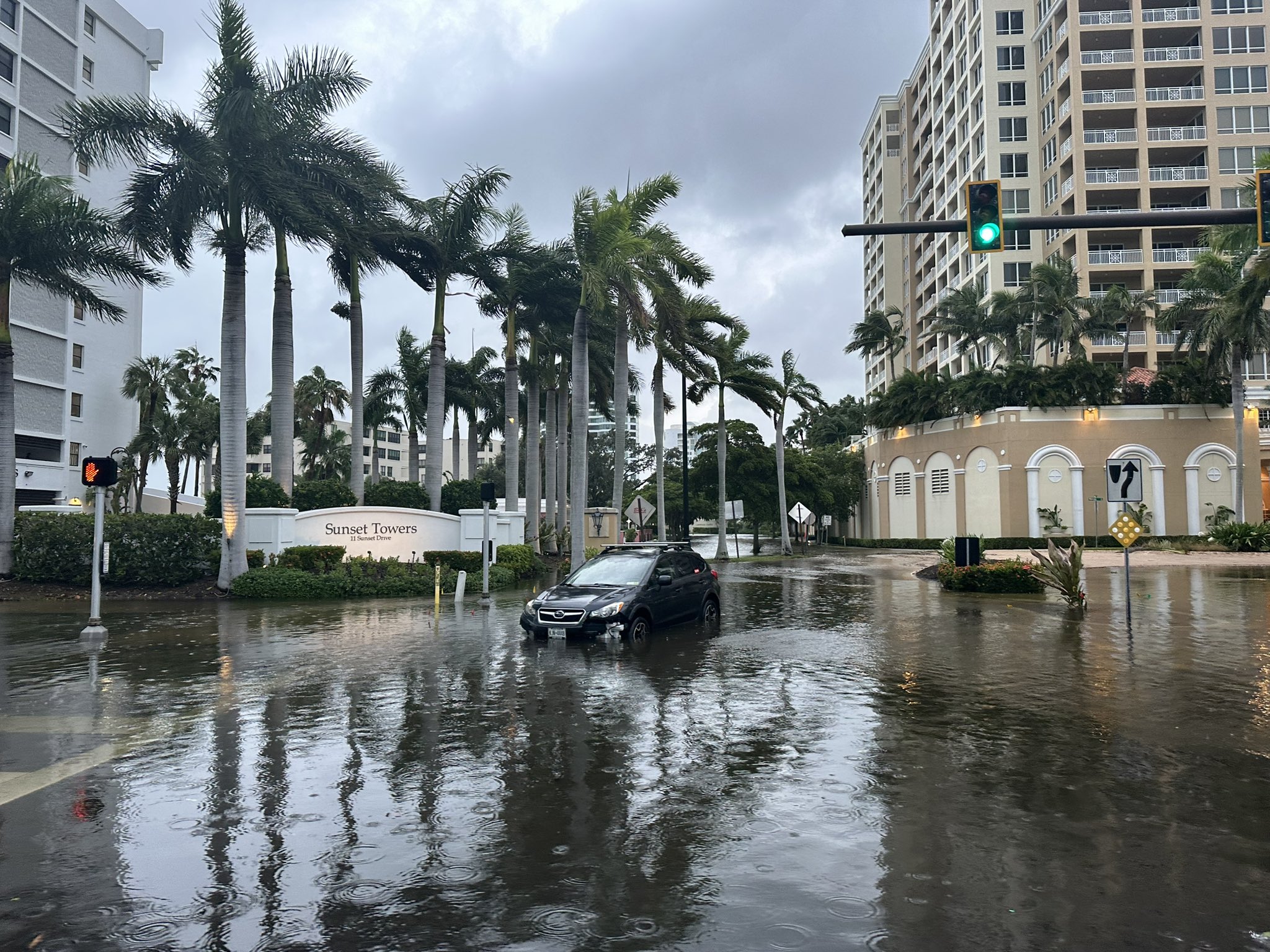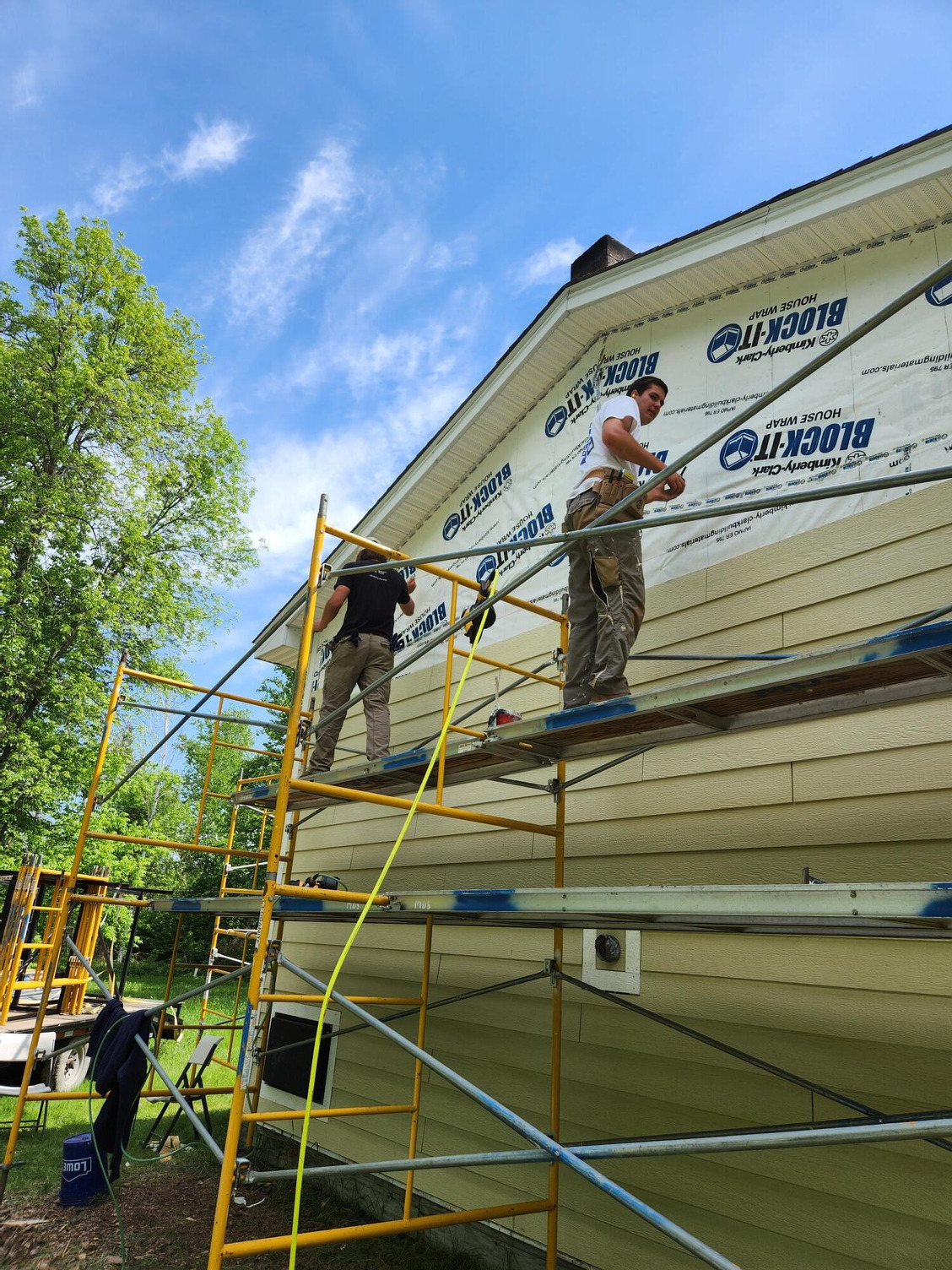What we’re watching: Weekly disaster update, September 5

We know all too well that disaster can strike anytime, anywhere in the world. Some disasters make headlines; others do not. Here at the Center for Disaster Philanthropy, we monitor the status of disasters worldwide and compile a list of the ones we’re tracking weekly, along with relevant disaster-related media coverage.
Here’s what we’re watching for the week of Sept. 5, 2023.
New or Emerging Disasters
Hurricane – Southeast U.S.: Idalia landed in Keaton Beach, Florida, as a Category 3 storm on Aug. 30. The death toll and damage were significantly less than in Hurricanes Michael and Ian because the Big Bend area has fewer people. The amount of storm surge was the largest on record seen and stretched miles. Before heading out into the Atlantic on Aug. 4, Idalia swept through Georgia, South Carolina and North Carolina.
The full scale of the storm’s impact is still coming into focus. However, significant damages have been observed across the Southeast. For example, more than 4,000 homes are estimated to be damaged with up to 5 feet of floodwater in Pasco County, Florida alone. Damages are estimated at $2.6 million in Sarasota County, Florida.
A federal disaster declaration (DR-4734) has been issued for 14 counties in Florida, providing individual assistance and public assistance for Categories A and B (emergency assistance and debris removal). President Joe Biden visited Florida on Sept. 2 to see firsthand Idalia’s damage.
For more, see our 2023 Atlantic Hurricane Season disaster profile.
Wildfire – Washington: Two people are dead, and hundreds of homes are damaged or destroyed after multiple fires burned in Spokane County. The Oregon and Gray fires together burned more than 20,000 acres. As of Sept. 4, the Gray Fire had burned 10,085 acres and was 97% contained. Crews continued to monitor hotspots around the fire perimeter. The Oregon Fire was in the mop-up phase and was 89% contained as of Sept. 4. The Gray Fire destroyed at least 240 homes and 86 other structures. Disaster survivors spent Labor Day weekend continuing cleanup and looking towards the future.
For more, see our 2023 North American Wildfires disaster profile.
Flooding – Spain: At least five people died as record rainfall on Sunday caused significant flooding in central Spain. In the Madrid, Castile-La Mancha, Catalonia and Valencia regions, streets turned into avenues of mud and some public transportation services were shut down. Emergency responders were busy with more than 1,200 reported incidents, some requiring search and rescue. A 10-year-old boy was rescued after holding onto a tree for eight hours.
Flooding – Tajikistan: Three days of heavy rain early last week resulted in flooding and landslides, the latest disaster to hit the Central Asian country. The disaster killed at least 21 people in three towns near the capital, Dushanbe. The government of Iran and other countries have offered their support. According to the World Bank, 64% of the population lives under the poverty line, and about 36% of Tajikistan is at risk of landslides and mudslides.
Typhoon – Asia: Saola landed in the southern Chinese province of Guangdong on Sept. 2, killing at least one person and leaving behind destruction. The storm was among the strongest to hit the southern province since 1949. Hong Kong and Macau were also affected by Saola, with heavy rain and winds forcing some flight cancellations and temporary closures of casinos in Macau. Another typhoon, Haikui, landed in Taiwan on Sept. 3, the first to directly hit the island in four years. The storm brought winds up to 124 miles per hour and injured at least 40 people. Power was knocked out for at least 160,000 homes, but no deaths or major structural damage were reported.
Previous/Ongoing Disasters
Wildfires – Canada: Essential workers continued to arrive in Yellowknife on Sept. 4, while the general public will be allowed to return when the evacuation order is lifted on Sept. 6, two and a half weeks after the city’s 20,000 residents were forced to flee due to wildfires. As of Sept. 4, there were still 240 active fires in the Northwest Territories, the second busiest province behind British Columbia, with 430.
This year has been a record-breaking wildfire year for Canada. The CBC says, “More than 15 million hectares have gone up in smoke across the country this year, shattering the previous record of 7.6 million hectares in 1989 as well as the 10-year average of 2.5 million hectares.” In 2023, 5,821 domestic firefighters and 4,990 international firefighters have been deployed to help fight the fires.
In addition to the disasters listed above, we are actively monitoring the following disasters or humanitarian emergencies. For more information, see the relevant disaster profiles, which are updated regularly.
- Horn of Africa Hunger Crisis
- Sudan Humanitarian Crisis
- 2023 US Tornadoes
- 2023 Turkey-Syria Earthquake
- Ukraine Humanitarian Crisis
U.S. Midwest Low-Attention Disasters
The Midwest is regularly faced with low-attention disasters that affect people across the region. CDP’s Midwest Early Recovery Fund (ERF) effectively funds efforts that catalyze equitable disaster recovery.
These are some of the latest disasters and related news the ERF team is monitoring:
- Montana Governor Greg Gianforte requested a presidential major disaster declaration due to the May and June flooding. The governor requests assistance for Carbon, Daniels, Fergus, Garfield, Golden Valley, Musselshell, Petroleum, Phillips, Stillwater and Treasure counties.
- A neighborhood in North Little Rock, Arkansas, is using a survey to get community feedback on how to better prepare for future disasters a few months after an EF-3 tornado tore through Central Arkansas.
Complex Humanitarian Emergencies – Somalia
Many places worldwide are experiencing emergencies caused by conflict, climate change, drought, famine, economic challenges and other conditions that combine to create a complex humanitarian emergency (CHE). CDP maintains complete profiles on several CHEs, and what CDP considers Level 1 CHEs are profiled in this weekly blog post and tracked.
In 2023, Somalia’s humanitarian situation continues to deteriorate. Recurring climatic shocks and conflict are key drivers of humanitarian needs. A third of Somalia’s population faces crisis levels of hunger or worse.
Recent rains have led to improved crop and livestock production in some regions. However, crop and livestock production in most parts of Somalia remains below the baseline. Many continue to suffer from debt and asset depletion impacts due to the historic 2020-2023 drought.
The good news out of Somalia is that the humanitarian response to an impending famine earlier in 2023 prevented the worst. However, there are ongoing debates about the famine declaration system. Some argue that how a famine is declared is too slow and complex, leading to unnecessary deaths.
Further drawdowns of African Union Transition Mission troops may reduce the Somalia Security Forces’ ability to hold and control areas retaken by the Federal Government. The result will likely be increased Al-Shabaab attacks. From June 24 to July 21, 2023, ACLED recorded almost 200 political violence events and nearly 480 reported fatalities in Somalia.
As of Aug. 31, donors had funded only 34.8% of the $2.6 billion requested in Somalia’s 2023 Humanitarian Response Plan.
Upcoming webinar
Oct. 12: Disaster case management: Navigating recovery one person at a time

What We’re Reading
- Opinion: Celebrating the untold history of Black philanthropy – CT Post: Mendi Blue Paca, president and CEO of Fairfield County’s Community Foundation, writes that investments from Black Americans often go under-reported and underappreciated, “in part because many in the Black community don’t implicitly view these good deeds as ‘philanthropy.’ It’s just what we do. And it’s what we have always done.”
- Q&A with Delphine Moralis: An Introduction to Philea – The Center for Effective Philanthropy: Moralis responds to questions about key issues in philanthropy, Philea’s annual forum and opportunities for cross-Atlantic collaboration.
- Winning on Climate Change: How Philanthropy Can Spur Major Progress over the Next Decade – The Bridgespan Group: “Through interviews with experts and building on previous work with actors in the field, this article identifies three climate philanthropy practices that will be especially important in the decade ahead.”
- Tropical storms killing more Americans as climate crisis deepens, study finds – The Guardian: A study published in Science Advances is the first study to quantify the storm-related excess death toll over time nationwide. “Racial and ethnic minority status stood out as the single biggest risk factor in excess deaths, confirming earlier studies into post-disaster mortality.”
- Scorching Heat Is Contributing to Migrant Deaths – The New York Times: Amid a persistent heat wave, some migrants are perishing to heat exhaustion. Fewer people are crossing from Mexico to the U.S. this year compared with last year, but already, there have been more than 500 deaths in 2023.
- Haiti gangs: Who might intervene, and will it do more harm than good? – The New Humanitarian: The Haitian citizens The New Humanitarian spoke to for this article had mixed feelings about foreign intervention.
“For decades, the Takahē bird was believed to be extinct, but thanks to a decades-long conservation project, the large, flightless bird has finally made its return in the wild on New Zealand’s South Island.”